Application of Ammonium Metatungstate in Catalyst Field
- Details
- Category: Tungsten Information
- Published on Thursday, 10 April 2025 18:30
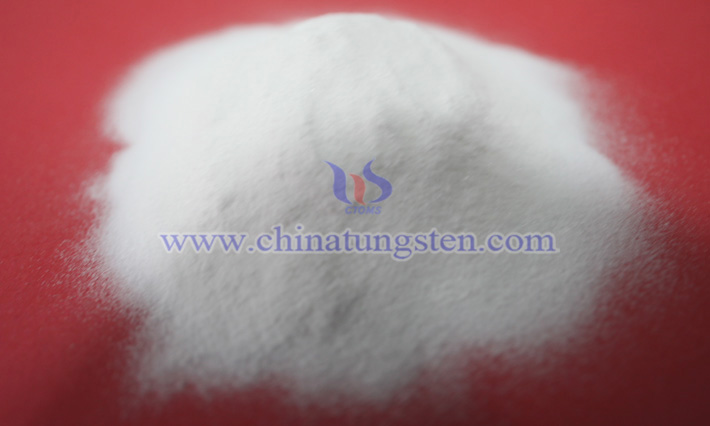
Ammonium metatungstate (AMT), a transition metal compound, is widely utilized in the catalyst field. Whether in catalytic cracking, hydrorefining, olefin epoxidation, or alcohol oxidative dehydrogenation, its unique structure and high activity have driven significant technological advancements, facilitating the efficient production of clean fuels and fine chemical products.
How to Apply Ammonium Metatungstate in Fireproof Fabrics
- Details
- Category: Tungsten Information
- Published on Thursday, 10 April 2025 17:51
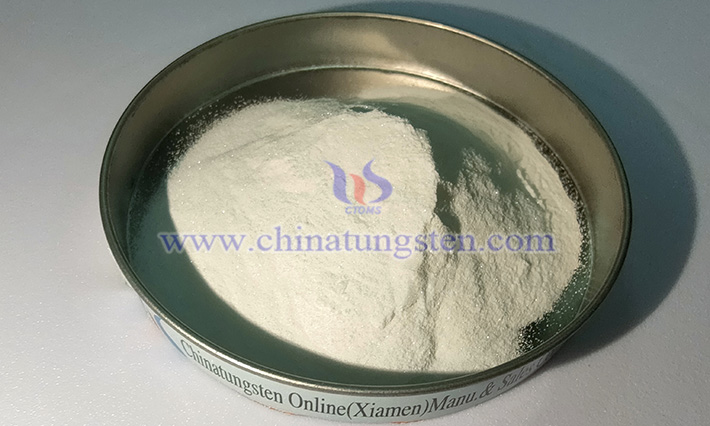
Ammonium metatungstate (AMT) produced by CTIA GROUP LTD is a vital tungsten chemical with application advantages in fire-resistant fabrics, including high flame-retardant efficiency, long-lasting durability, and environmental friendliness. In practical production, AMT, as an effective flame retardant, is scientifically formulated into fabric finishing agents and precisely applied to the fabric surface and interior through processes such as padding or coating. These processes are not only straightforward but also ensure that the flame retardant fully exerts its effects, imparting durable fire-resistant properties to the fabric.
Application of Ammonium Metatungstate in Fireproof Fabrics
- Details
- Category: Tungsten Information
- Published on Thursday, 10 April 2025 17:49

Ammonium metatungstate (AMT) produced by CTIA GROUP LTD is a significant tungsten compound that can be prepared using methods such as the neutralization method, tungstic acid method, thermal decomposition method, solvent extraction method, and ion exchange method. It is widely applied in fire-resistant fabrics.
What Are the Applications of Ammonium Metatungstate?
- Details
- Category: Tungsten Information
- Published on Thursday, 10 April 2025 17:40
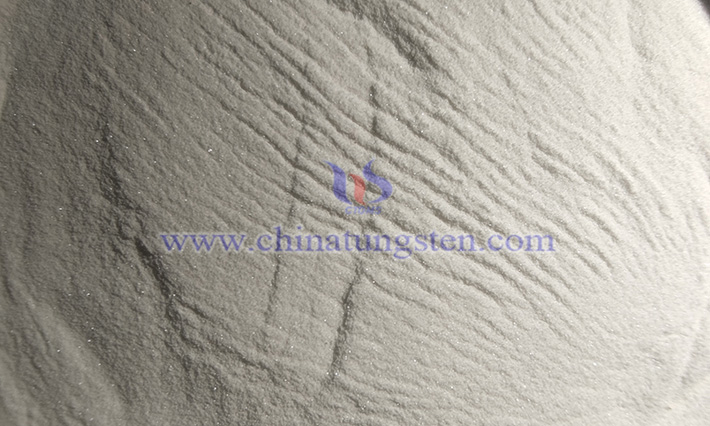
Ammonium metatungstate (AMT) produced by CTIA GROUP LTD is a high-purity white powder renowned for its excellent mechanical, chemical, and thermal properties. It finds widespread application in the preparation of metallic tungsten powder, catalyst production, the fireproofing industry, and the ceramics industry.
Application of Ammonium Metatungstate in Ceramics
- Details
- Category: Tungsten Information
- Published on Thursday, 10 April 2025 17:40

The application of ammonium metatungstate (AMT), a chemical compound of the transition metal tungsten produced by CTIA GROUP LTD, spans multiple fields. This is because AMT has unique chemical properties and thermal stability. Beyond serving as a crucial precursor for preparing tungsten-based materials, AMT is also a key additive in ceramics. Its roles in ceramics are primarily reflected in the following aspects:
Production Method of Ammonium Metatungstate
- Details
- Category: Tungsten Information
- Published on Thursday, 10 April 2025 17:40
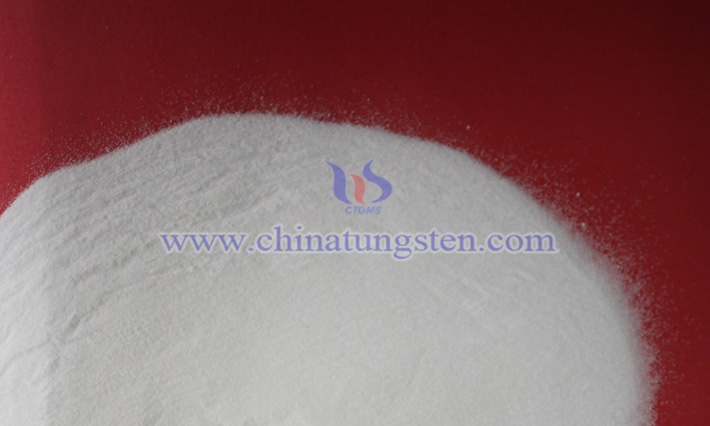
Ammonium metatungstate (AMT) is a white crystalline powder and an important tungsten chemical. It possesses good water solubility and high thermal stability, making it a key precursor in the preparation of metallic tungsten. Additionally, AMT is used in petrochemical industries to produce tungsten-based catalysts, enhances flame retardancy in fire-resistant fabrics, and improves various properties in the ceramics industry.
What Is Ammonium Metatungstate?
- Details
- Category: Tungsten Information
- Published on Thursday, 10 April 2025 17:34
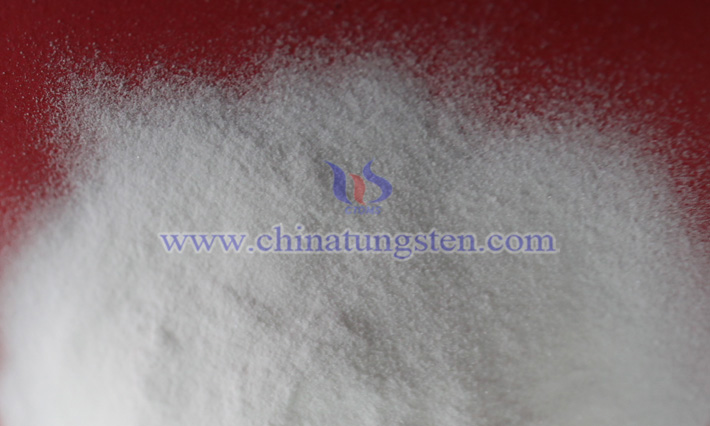
Ammonium metatungstate produced by CTIA GROUP LTD is an inorganic compound formed by the combination of ammonium ions (NH₄⁺) and complex polytungstate anions [H₂W₁₂O₄₀]⁶⁻. It is a white powder with the English name Ammonium Metatungstate (AMT), chemical formula H₂₈N₆O₄₁W₁₂, and CAS number 12333-11-8.
Performance of Cut-Resistant Tungsten Wire in High-Temperature Environments
- Details
- Category: Tungsten Information
- Published on Tuesday, 08 April 2025 19:41
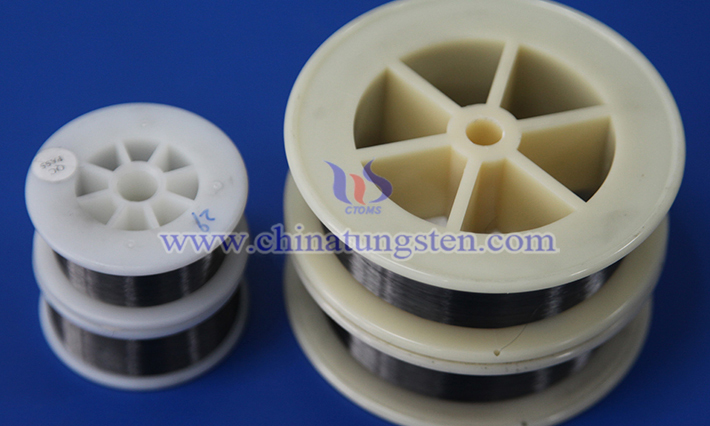
The performance of cut-resistant tungsten wire in high-temperature environments is significantly superior to many other metallic materials, primarily due to tungsten's inherent properties. Below is a detailed analysis of its high-temperature characteristics:
Chemical Protection Capability of Cut-resistant Tungsten Wire
- Details
- Category: Tungsten Information
- Published on Tuesday, 08 April 2025 19:36
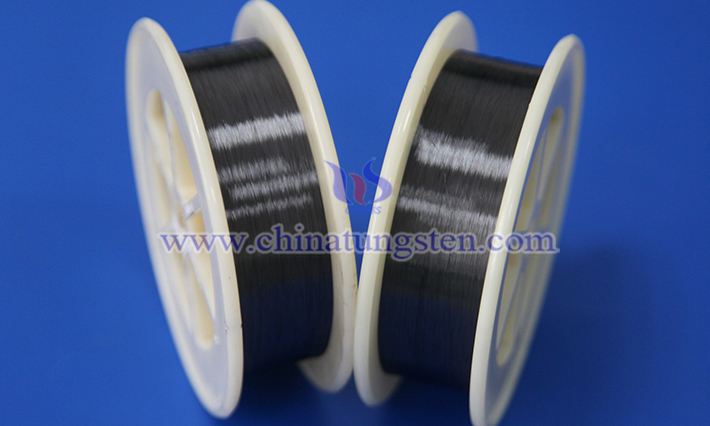
The chemical protection capability of cut-resistant tungsten wire is primarily manifested in its outstanding corrosion resistance, oxidation resistance, and stability in extreme chemical environments. The following is an introduction from multiple aspects:
Recommendations for Purchasing Cut-Resistant Tungsten Wire
- Details
- Category: Tungsten Information
- Published on Tuesday, 08 April 2025 19:34
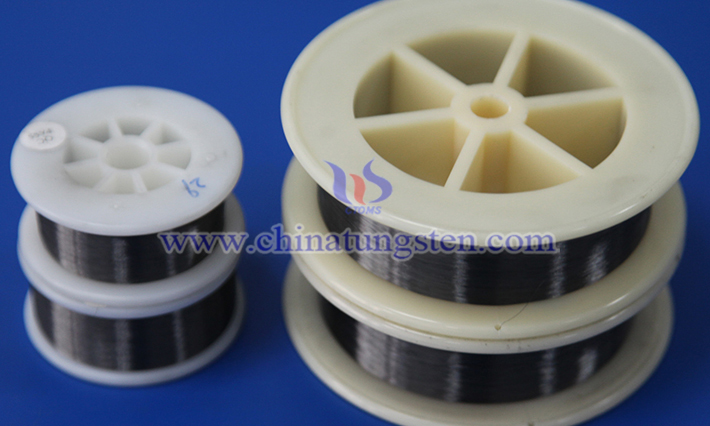
Cut-resistant tungsten wire is widely used in high-demand fields such as photovoltaic silicon wafer cutting, sapphire processing, precision manufacturing, and aerospace due to its high hardness, high strength, high temperature resistance, and wear resistance. The following are key purchasing recommendations for cut-resistant tungsten wire, covering performance parameters, application scenario matching, and supplier selection:


 sales@chinatungsten.com
sales@chinatungsten.com